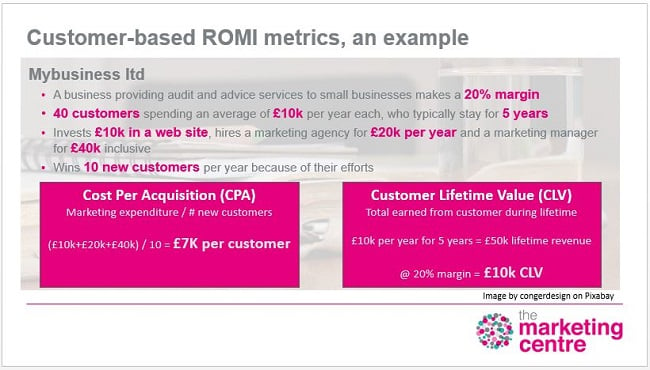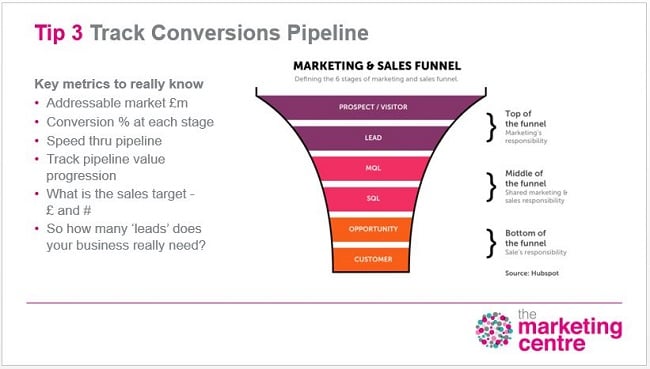Two out of three business leaders who’ve signed up to our Return On Marketing Investment webinars aren’t measuring marketing ROI at all. We’re not saying this to call them out - far from it.
They know ROI is important, they want to know how best to measure the results of their marketing efforts, but they weren’t sure how to make a start.
Here’s how.
What is ROMI and why is it a challenge?
ROMI is literally the ‘return on your marketing investment’. That is, how much you get back on how much you invest. It’s a challenge because not all marketing activity has a monetary value attached, and some returns are intangible and tricky to measure.
That’s not to say we shouldn’t measure, though: quite the opposite. Marketing is a commercial function and should be measured as one. Marketing needs to be accountable.
- You may like: Marketing theory for non-marketers - ROI
Customers come to the point of purchase via a long and often roundabout process, engaging with multiple marketing channels in different ways. For marketing to be accountable and useful it has to align with something more concrete - a business objective like finding new customers, retaining customers, or growing customers. If marketing contributes to each of those areas (and it should), the business is likely to be successful.
The key ROI calculations
Measuring your ROMI - Return On Marketing Investment - involves three key metrics.
Cost per acquisition, put as simply as possible, is the investment it takes to win each new customer. Divide your total marketing spend by the number of customers won, and you have it.
Customer lifetime value is how much that customer is worth when you have them. This is the average total expenditure, or the gross profit margin, that a customer makes with you over the length of your relationship. The higher the lifetime value, the more it’s worth spending to acquire the customer. The longer your customers stay - and spend money - with you, the better your ROMI will be.

The other metric to consider is marketing as a percentage of sales or margin. Divide your marketing expense by your sales revenue to establish how much you’re spending. The typical B2B benchmark is around 8-10% of revenue.
So: you know how you’re performing. The next big question is, how can you improve?
Does your marketing deliver?
To establish marketing pipeline performance, track the volume of leads your marketing generates, the quality of those leads, and the speed at which they convert. Taken together, these show how efficiently your marketing activities deliver, beyond the pure ‘money in and money out’. Marketing and sales efforts have to combine to improve this conversion process - and it’s important that everyone in your business understands that targets have been set for each stage of the pipeline.

When you’re working to optimise your business, don’t confuse activity with outcome. Look for clear, simple metrics that are aligned to your goals at each stage of the pipeline. How much are you spending, compared to your budget plan? How many leads are you generating, compared to your target? It’s these commercial insights that matter to your business - not vanity metrics like web impressions, which indicate marketing activity but don’t talk back to the bottom line.
Improving your business’ ROMI is all about asking the right questions. The businesses we work with have weighed in with some great ones on our existing webinars - everything from handling agencies to picking the right CRM software.
For a deeper dive into metrics, measurements, and how to get the most out of your marketing money, watch our ROMI webinar series here.




